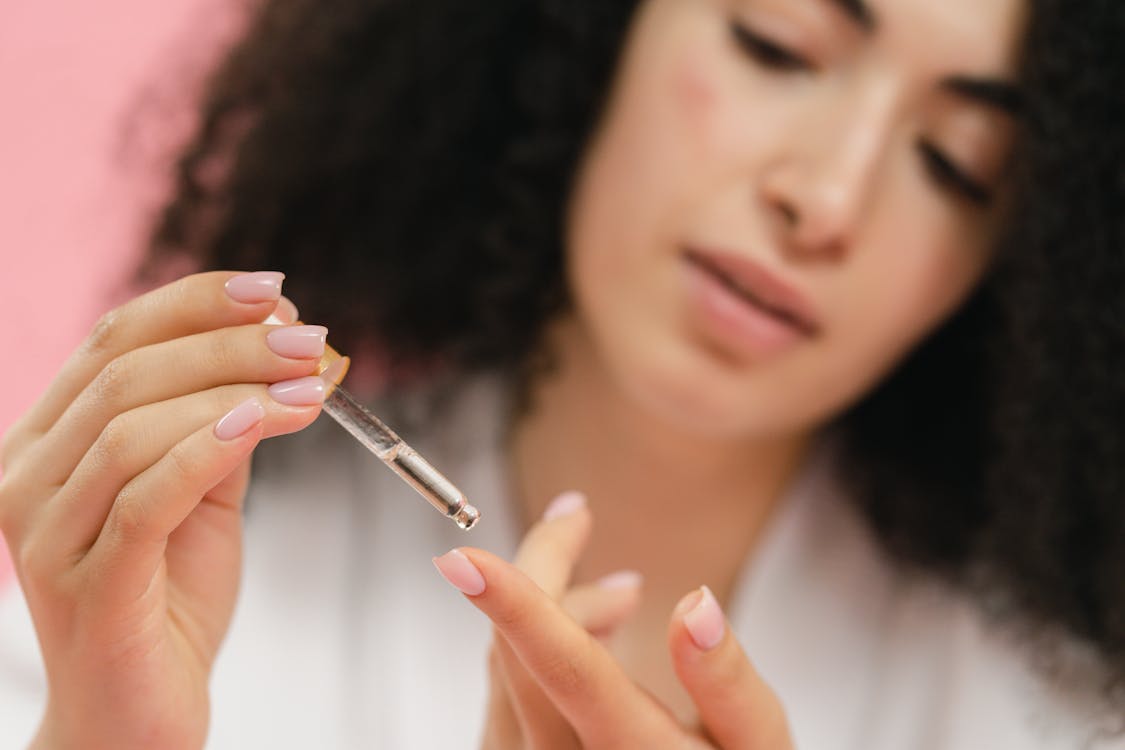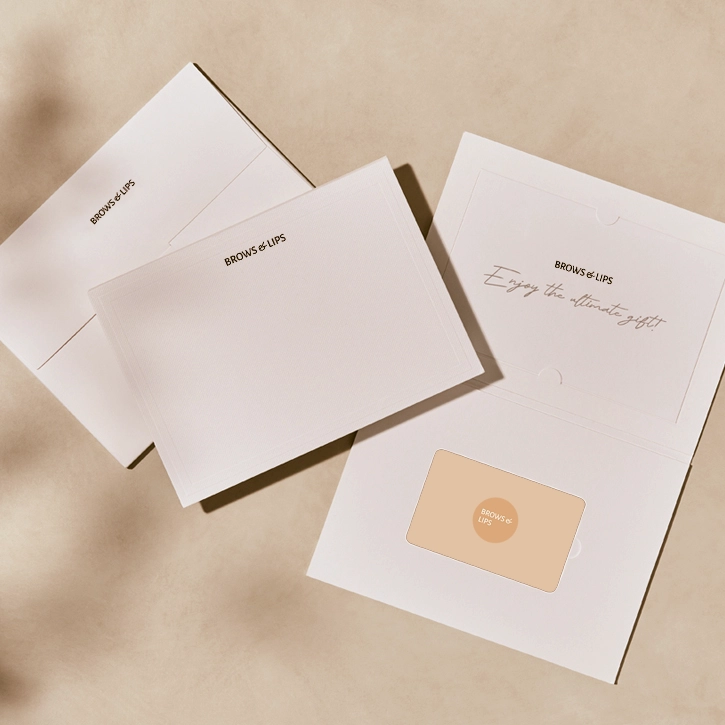
Table of Contents
Oil Gritting: Is This TikTok Trend the Real Deal?
Introduction to Oil Gritting
TikTok has become a breeding ground for viral beauty trends, with the latest phenomenon being “oil gritting.” This skincare method promises to deep clean pores and remove blackheads by combining oil cleansing with physical exfoliation. But is this trend really effective, or is it just another fleeting social media craze? In this article, we will explore the science behind oil gritting, its benefits, potential risks, and how to properly incorporate it into your skincare routine.
What is Oil Gritting?
The Concept Behind Oil Gritting
Oil gritting is a skincare technique that involves massaging an oil cleanser into the skin to dissolve impurities, followed by a manual exfoliation to remove the “grits,” or small, solidified bits of sebum and dirt. Proponents of this method claim that it effectively clears out clogged pores, leaving the skin smooth and radiant.
How It Works?
The process of oil gritting typically follows these steps:
- Oil Cleansing: A generous amount of oil (such as jojoba or grapeseed oil) is massaged into dry skin. The oil works to dissolve makeup, excess sebum, and other impurities.
- Steam Application: The face is then steamed or covered with a warm towel to open the pores and allow the oil to penetrate deeper.
- Exfoliation: After massaging for several minutes, the oil may start to produce “grits”—tiny, solid particles that are said to be impurities or sebum plugs. Some users also incorporate a gentle physical exfoliant at this stage.
- Rinse and Moisturize: Finally, the oil is rinsed off, and a moisturizer is applied to restore hydration.

The Science Behind Oil Gritting
Oil Cleansing Method (OCM)
The oil cleansing method, which oil gritting builds upon, is based on the principle that “like dissolves like.” Oils are effective at breaking down the natural oils in the skin that trap dirt and bacteria. Unlike harsh soaps, oil cleansers do not strip the skin of its natural moisture, making them suitable for various skin types, including oily and acne-prone skin.
Sebum Plugs and Blackheads
Sebum plugs, or comedones, occur when excess sebum (the skin’s natural oil) mixes with dead skin cells and clogs the pores. If exposed to air, these plugs oxidize and turn into blackheads. Oil gritting aims to dislodge these plugs by softening them with oil and then physically removing them through massage and exfoliation.
Is It Effective?
While the idea of seeing instant results in the form of “grits” is appealing, there is limited scientific evidence to support the effectiveness of oil gritting as a superior method for pore cleansing. The “grits” that users report could be a mixture of oil, dead skin cells, and possibly some sebum, but it is unclear if this method removes more impurities than traditional cleansing or exfoliation techniques.
Benefits of Oil Gritting
Deep Cleansing
Oil gritting can provide a thorough cleanse, removing makeup, sunscreen, and excess oil from the skin’s surface. For those who wear heavy makeup or have oily skin, this method can be particularly beneficial.
Gentle on the Skin
Unlike harsh scrubs or peels, oil gritting uses the natural properties of oils to cleanse the skin without causing irritation or disrupting the skin barrier. This makes it suitable for sensitive skin types.
Satisfying Results
The tactile sensation of “grits” being removed from the skin can be satisfying for users, giving a sense of accomplishment and perceived effectiveness.
Potential Risks and Drawbacks
Over-Exfoliation
One of the main risks of oil gritting is over-exfoliation. When combined with a physical exfoliant or performed too frequently, this method can lead to skin irritation, redness, and damage to the skin barrier.
Clogged Pores
Ironically, if the oil used in oil gritting is too heavy or not properly rinsed off, it can contribute to clogged pores and breakouts, particularly in acne-prone skin.
No Guaranteed Results
Not everyone will experience the same results with oil gritting. For some, the “grits” may not appear at all, leading to frustration or the false assumption that the method is not working.

How to Safely Incorporate Oil Gritting Into Your Routine
Choose the Right Oil
Selecting a non-comedogenic oil is crucial to prevent clogged pores. Oils like jojoba, grapeseed, or sunflower oil are good options because they are lightweight and unlikely to cause breakouts.
Limit Frequency
To avoid over-exfoliation, it is advisable to limit oil gritting to once or twice a week. This allows the skin to recover between sessions and reduces the risk of irritation.
Be Gentle
When massaging the oil into your skin, use gentle, circular motions. Avoid using too much pressure, especially if incorporating a physical exfoliant.
Follow with a Hydrating Moisturizer
After rinsing off the oil, apply a hydrating moisturizer to replenish the skin and maintain its moisture barrier.
Conclusion: Is Oil Gritting Worth the Hype?
Oil gritting, while intriguing and potentially effective for some, is not a one-size-fits-all solution. It can provide deep cleansing benefits and a satisfying skincare experience, but it is important to approach it with caution. Over-exfoliation and clogged pores are real risks if the technique is not performed correctly. For those interested in trying oil gritting, starting with a gentle approach and carefully observing your skin’s response is key. As with any skincare trend, results can vary, so it’s essential to tailor your routine to your skin’s unique needs.
FAQs of Oil Gritting
What is oil gritting?
Oil gritting is a skincare technique that combines oil cleansing with physical exfoliation to deep clean pores and remove blackheads by dissolving impurities and dislodging sebum plugs.
How often should I do oil gritting?
To avoid over-exfoliation and potential skin irritation, it’s recommended to limit oil gritting to once or twice a week.
What are the benefits of oil gritting?
Oil gritting can provide a deep cleanse, remove makeup and excess oil, and leave the skin feeling smooth and clean. It’s also gentle on the skin and suitable for various skin types.
Can oil gritting cause breakouts?
Yes, if the wrong type of oil is used or if the oil is not properly rinsed off, it can contribute to clogged pores and breakouts, particularly in acne-prone skin.
What type of oil should I use for oil gritting?
Non-comedogenic oils like jojoba, grapeseed, or sunflower oil are recommended because they are lightweight and less likely to clog pores or cause breakouts.
Is oil gritting effective for everyone?
Results from oil gritting can vary. Some users may experience the removal of “grits,” while others may not see noticeable results. It is important to tailor the technique to your skin type and observe how your skin responds.





